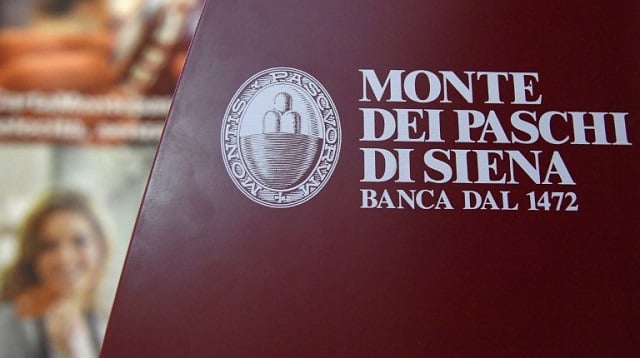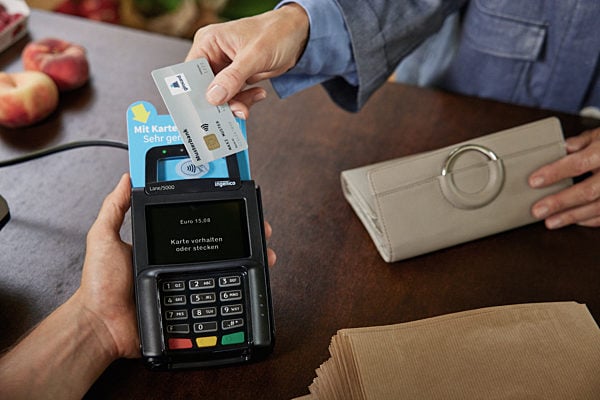BMPS, the world's oldest bank and Italy's third-biggest, is racing against
the clock to raise five billion euros ($5.2 billion) by the end of next week
or face a government bailout.
It is due to release the result of a debt-for-equity swap offer open to small bondholders later on Wednesday, but analysts already warned the take-up at 500 million euros so far was too small for comfort.
READ MORE: Here's what you need to know about Italy's banking crisis
The weak appetite rings the alarm bell as the year-end deadline approaches at a threatening speed,” said Ipek Ozkardeskaya, senior market analyst at LCG.
“Failure to save the bank could aggressively shake up the Italian and the European banking sector.”
Investors duly dumped the stock, which fell more than 12 percent to 16.30
euros in morning Milan trading.
'Bated breath'
“Markets wait with bated breath the latest on Monte dei Paschi's struggling recapitalization efforts to avoid collapse. Speculation suggests it has only four months of liquidity remaining,” said Michael van Dulken at Accendo Markets.
If the bond conversion plan falls short, “an official bailout request for the bank is likely”, Van Dulken said.
The results of an ongoing capital increase, meanwhile, are to be released BMPS is at the heart of an Italian banking crisis which has cost it over 85 percent of its market capitalization in the past year, and it posted the worst results in a stress test this July by the European Banking Authority.
It last week launched a last-ditch attempt to find, through private investors, the funds the ailing lender needs to shore up its balance sheet and stave off a government intervention.
The plan entails selling off 27.6 billion euros in bad loans. A first debt swap offer raised over 1 billion euros.
Monte dei Paschi needs to complete the five-billion-euro funding drive by the end of December after the European Central Bank refused to grant its request to extend the deadline to mid-January.
New Italian Prime Minister Paolo Gentiloni confirmed last week that the government was prepared to come to its aid if the private rescue fails.
'Too many banks'
If it came to that, it would use a move known as “precautionary recapitalization”, meaning shareholders and holders of junior bonds, a risky class of debt, must contribute to saving the bank.
Gentiloni has asked parliament to approve setting aside 20 billion euros to help Italy's ailing banking sector which is buckling under bad loans estimated at a combined 360 billion euros, around a third of the eurozone's total.
But analysts said the sum set aside is not enough to sort of Italy's banking problems.
“Whatever happens in the next few days, whatever plan is implemented won't resolve the underlying problem in Italy, which is it has too many banks and too much bad debt, across the entire sector,” said Michael Hewson at CMC Markets.
Data compiled by Bloomberg suggest that Italian banks need at least 52 billion euros to clean up their balance sheets.



 Please whitelist us to continue reading.
Please whitelist us to continue reading.
Member comments